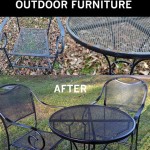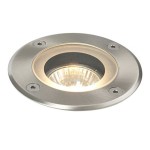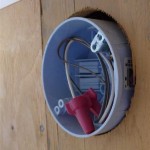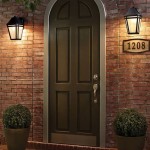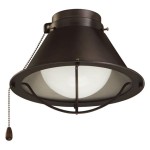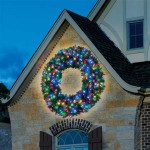Unveiling the Best Outdoor Low Voltage Lights: A Comprehensive Guide
Enhancing the ambiance and functionality of your outdoor spaces requires thoughtful lighting solutions. Among the myriad options, low voltage landscape lighting stands out for its versatility, ease of installation, and energy efficiency. This guide explores the essential aspects of choosing the best low voltage outdoor lights to illuminate your landscape with style and functionality.
Voltage Considerations
Understanding voltage is crucial in selecting outdoor lighting. Low voltage systems typically operate between 12 and 24 volts, significantly lower than standard household voltage (120 volts). This lower voltage minimizes the risk of electrical shocks and makes installation safer, particularly for DIY enthusiasts.
Transformer Selection
A transformer is the heart of any low voltage lighting system. Its primary function is to reduce high-voltage electricity to the lower voltage required by the lights. The transformer's wattage capacity should match the total wattage of the lights connected to it. Proper transformer selection ensures optimal performance and longevity of your lighting system.
Light Fixture Types
Outdoor low voltage lights come in a wide variety of styles and forms to cater to different aesthetic preferences and functional needs. Common types include path lights, spotlights, floodlights, and uplights. Each type serves a specific purpose, such as illuminating walkways, highlighting architectural features, or providing general area lighting.
Brightness and Color Temperature
When selecting low voltage lights, consider the desired brightness and color temperature. Brightness is measured in lumens and determines the amount of light emitted by a fixture. Color temperature, expressed in Kelvins (K), affects the ambiance of the lighting. Warm white (2,700-3,000K) creates a cozy and inviting atmosphere, while cool white (4,000-5,000K) provides a brighter, more stimulating effect.
Beam Angle and Spread
Beam angle and spread influence how widely light is projected from a fixture. Narrow beam angles (10-30 degrees) focus light in a concentrated direction, suitable for spotlighting or accentuating specific features. Wide beam angles (60-120 degrees) disperse light over a broader area, illuminating larger spaces or pathways.
Material and Durability
The material of outdoor low voltage lights is a crucial factor for durability and longevity. Look for fixtures made from weather-resistant materials such as stainless steel, aluminum, or cast brass. These materials can withstand harsh weather conditions, including rain, snow, and UV exposure.
Smart Features and Control Options
Modern low voltage outdoor lights often integrate smart features for enhanced control and convenience. Wi-Fi or Bluetooth connectivity allows for remote operation via smartphones or tablets. Dimmable lights offer precise control over brightness levels, while motion sensors provide hands-free illumination when triggered by movement.

Planning Your Low Voltage Outdoor Landscape Lighting 1000bulbs Blog

19 Best Landscape Lighting Ideas 2024

The Best Low Voltage Landscape Lighting Of 2024 Top Picks By Bob Vila

Low Voltage Outdoor Garden Lights From In Lite Lumena Konstsmide

Install Landscape Lighting For Added Curb Appeal

Helpful Hints On Low Voltage Landscape Lighting Transformers

Landscape Low Voltage Security Best Solar Outdoor Lights Led Bollard Lighting Garden Fence China Light Made In Com

Planning Your Low Voltage Outdoor Landscape Lighting 1000bulbs Blog

Solar Vs Wired Landscape Lights Which Is Best

Best Low Voltage Landscape Lighting Lights All Year
